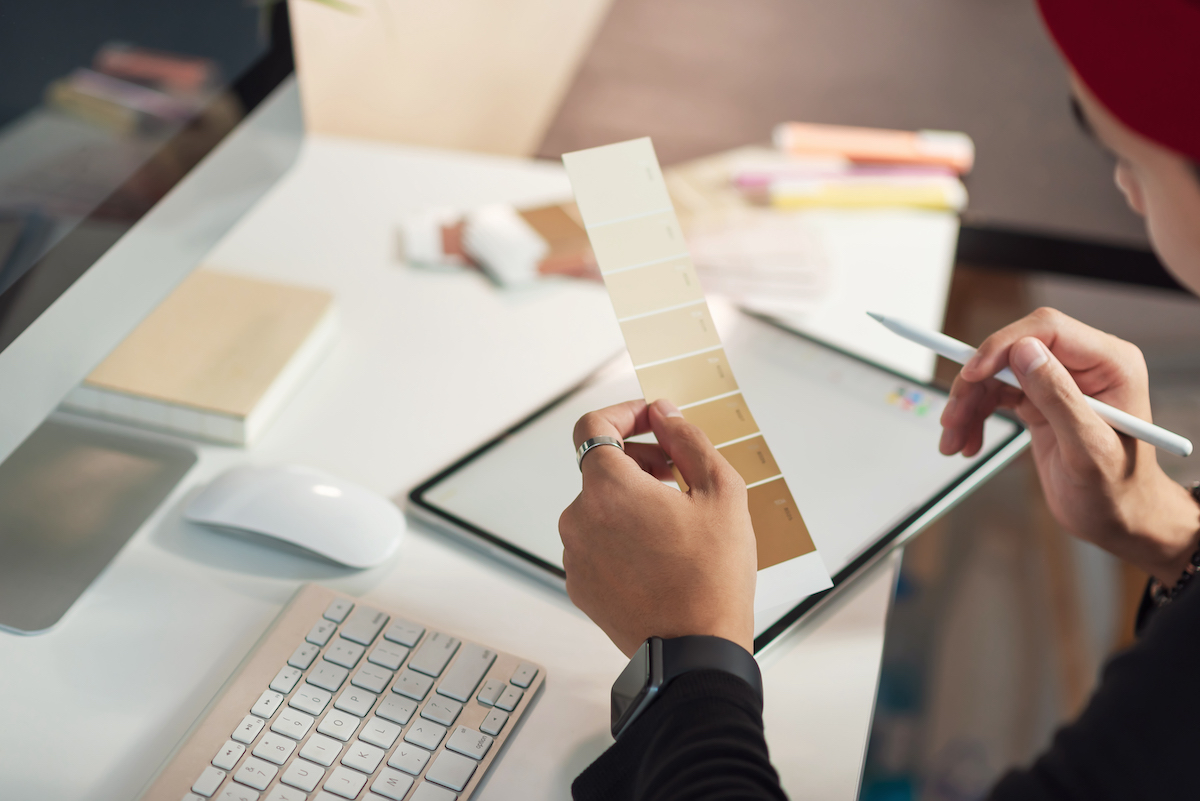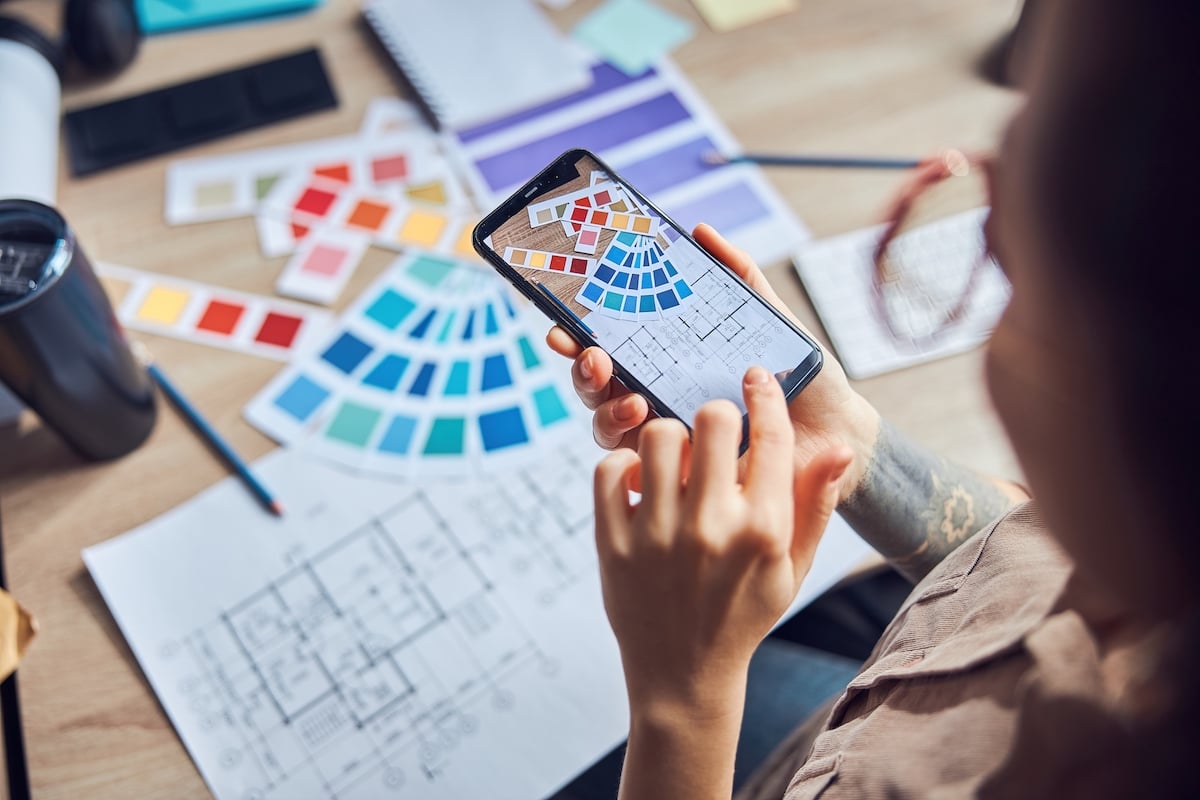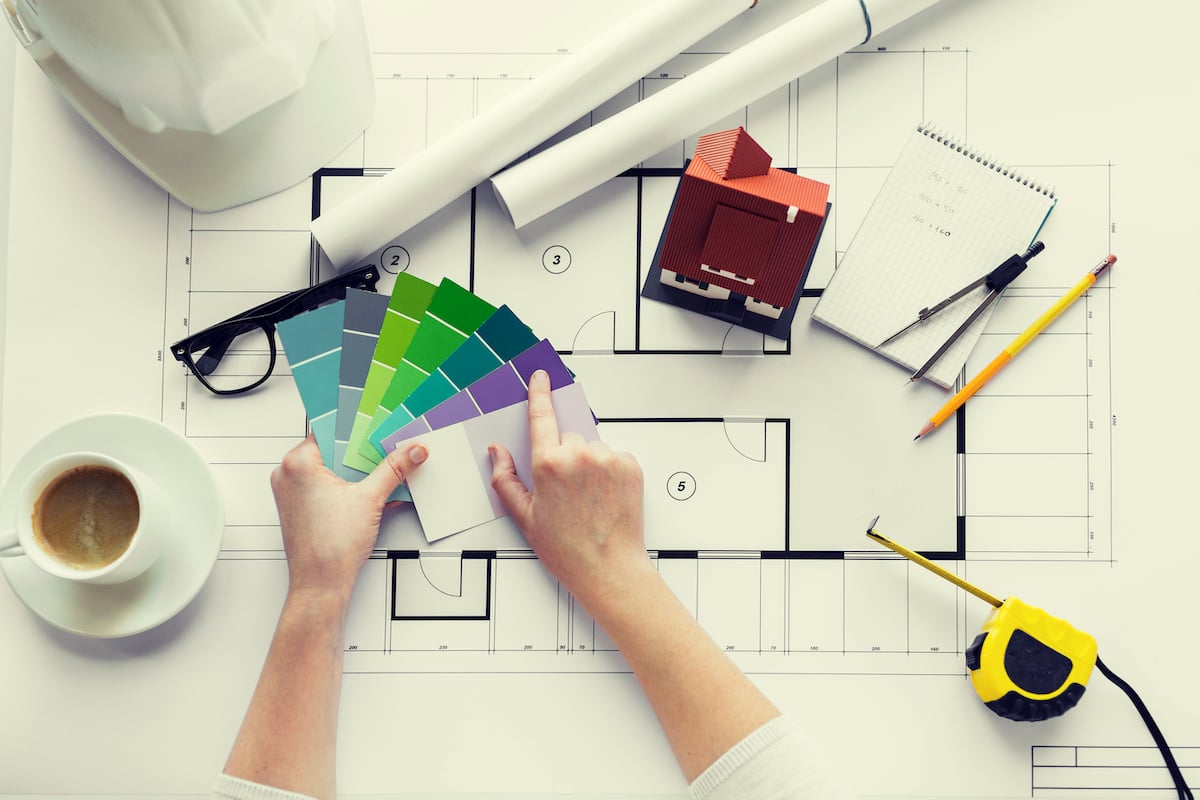
Within the past few weeks, major companies have come out and acknowledge what many of us have been thinking for a long time: This remote-work thing is, well, working. Mondelez, Nationwide, and Barclays recently joined the ranks of companies that plan to reduce their corporate office footprint to accommodate permanent work-from-home arrangements for many of their employees. The proliferation of this new, hybrid office brings with it a refreshed set of challenges as a few new realities unfold.
But let’s be clear, the physical office is unlikely to go away in the foreseeable future. The innate need to interact is part of our DNA, and creativity thrives on interaction. Yet we recognize that the specification process may shift now that we have been forced into an extended immersive in the digital realm. With more specifiers working remotely, we will continue to rely on solutions that support an increasingly digital specification process.
So, recognizing that design services will perhaps be even more imperative than ever before, we look at predictions from both manufacturers and A&D as to how the future of the product specification process may look different after we un-pause.
Manufacturers must digitalize the visualization process.
ThinkLab research suggests that specification takes between 20–39 percent of a designer’s time. So, it’s needless to say that simplifying this process has always been a priority, even pre-COVID. Companies like Material Bank, ThinkLab’s sister company, have stepped up to lead the charge in streamlining the physical sample process. But what about specifiers who want an exclusively digital experience?
According to another recent ThinkLab study, 95 percent of specifiers start online before they even contact a sales rep—and in this new digital world, that is likely to increase even more. As a result, many manufacturers are recognizing this and going the extra mile to make their first (digital) impression a lasting one.
Harrison Horan, Vice President, Banker Wire, a manufacturer for woven and welded wire mesh used in architectural and industrial applications, explains that our virtual future requires an equally digitalized specification process—which means that companies that weren’t already there need to get there... fast.
As he explains: “To prepare for a future that is more digital, we’re becoming more visual in the way we communicate our product options and manufacturing abilities to the architecture and design community. For example, we’re in the process of launching our finishes gallery—an interactive tool on our website where customers can visualize our wire mesh products in a variety of finishes.”
Matthew Sonneman, Vice President of Business Development, SONNEMAN–A Way of Light, a manufacturer of contemporary lighting, elaborates on this point of view by explaining how the visualization of product online today will become commonplace in the future.
He adds: “Product presentations include product in living environments to provide true-to-scale fixtures attributes. Product information including photometrics and models have been published to support the architect and designer, who require access to tools at all hours of the day.”
The A&D community will plan for the new (virtual) face of design.
Dwayne MacEwen, Founder and Principal at DMAC Architecture, suggests that while mediocrity never really existed within the world of design, now, more than ever, design must excel.
As he puts it: “Particularly in hospitality projects, mediocrity doesn’t inspire. Design matters, and in a post-COVID world, design will matter even more to un-anchor people from their couches and give them a reason to get back into these spaces.”
But as we look at many of the discussed shifts for our return back to work, MacEwen and his team recognize that the way in which we design will shift as we look to accommodate things like new hygiene regimens and even social distancing within the office.
He adds: “How can we curate density so that people feel immersed in the space or the event, but are far enough apart to feel safe? While we want to take the necessary steps to provide a clean environment, we don’t want people feeling like they’re in a “hazmat” situation.”
Designers’ needs from manufacturers in the new virtual world will adjust.
But beyond the physical design of a space, many members of the A&D community are recognizing the aftershock shifts that are a direct result of our new perspective.
Darrell Long, Regional Managing Director & Design Principal, Wilson Associates’ Los Angeles, Las Vegas, and Dallas studios puts it best: “I’m hearing that there’s going to be a new and more strict premeditated effort as to how and where materials, textiles, and FF&E are specified, purchased, and manufactured. I believe we will see a new manufacturing revolution in the United States. Before the lockdown, the client’s directives were [often] purely financial, i.e., ‘less (expensive) is better.’ I’m not sure if this holds true today. Trust will now supersede cost. What this lockdown has proven is that there is a gap in the supply chain by way of expectation vs. reality.”
Long predicts that this will signal change in future A&D sourcing: “We will see the resurgence of manufacturing in the United States. Textile hubs in North Carolina to Georgia will (hopefully) revitalize back to their former glory. With contemporary manufacturing practices of utilizing CNC, implementation of computer-aided execution of tasks, and geographic shipping advances will only aid in the industry’s purported success. In the recent past, at least in the past eight years, 90 percent of manufacturing was based in China. Now, not that there's anything wrong with that high percentage, but I do remember (in my youth) my father clearly conveying to me, ‘Don’t put all your eggs in one basket.’”
Ten years from now, as we look back on this unprecedented time, our hope is that we look back with a sense of pride, as our industry collectively joined together to rise above the challenge.
Mavis Wiggins, Managing Executive/Studio Creative Director, TPG Architecture, shares this glimmer of hope: “There seems to be more of a collective effort on all fronts to elicit conversation and share useful information as we all work together through smart solutions to best serve our industry. Manufacturers, dealers, and distributors have stepped up the effort to meet these new challenges we are facing. Webinars, roundtable discussions, and the sharing of information have helped expand the conversation, while promoting a holistic, healthy dialogue globally. This is a time in which we are discovering and learning from each other.”
This article originally was published in Bellow Press and was reposted here with permissions.
Amanda Schneider is President of ThinkLab, the research division of SANDOW. At ThinkLab, we combine SANDOW Media’s incredible reach to the the architecture and design community through brands like Interior Design Media, Metropolis, and Material Bank y with proven market research techniques to uncover relevant trends and opportunities that connect back to brand and business goals in a thought-provoking, creative, and actionable way. Join in to know what’s next at thinklab.design/join-in.

